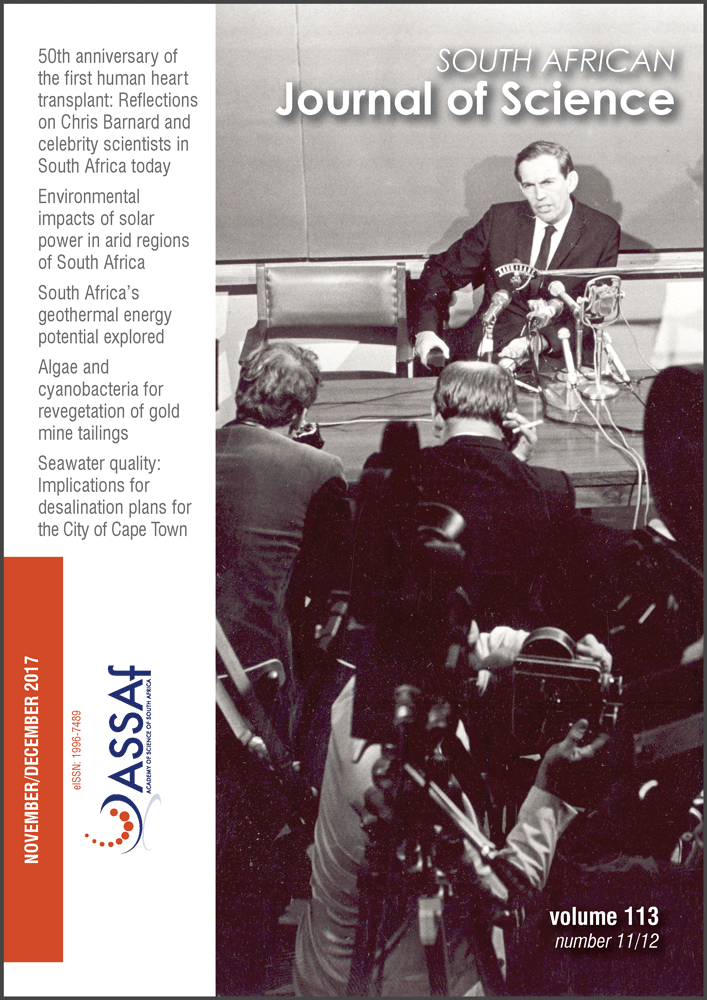Revisiting the peroneal trochlea of the StW 352 calcaneus
DOI:
https://doi.org/10.17159/sajs.2017/20170306Keywords:
Australopithecus africanus, Sterkfontein, peroneus longus, microCT, foot eversionAbstract
StW 352, from Sterkfontein Member 4 (South Africa), is a partial calcaneus attributed to Australopithecus africanus and is dated to ~2.0–2.6 Ma. The unusual robusticity of the peroneal trochlea (PT) of StW 352 has been commented on by several authors. The size of hominin PTs has been hypothesised to be positively correlated with the degree of recruitment of peroneus longus during bipedal locomotion and/ or climbing. Given the potential functional relevance of an enlarged PT for reconstructing hominin activity patterns, we present the following previously unrecognised structural details of the reconstructed StW 352 that affect current interpretations of its functional morphology: (1) we estimate that the PT has been reattached to the body of the calcaneus ~5 mm dorso-distally from its original anatomical position; and (2) the presence of intrusive matrix has artificially misshaped the PT by expanding it laterally and proximodistally. Future studies of this specimen that apply geometric morphometrics, or other shape analysis tools, should compensate for these inaccuracies before undertaking comparisons between it and other calcanei. Additionally, given that the PT is likely smaller than previously reported for StW 352, caution should be exercised when using it to infer muscle function and extrapolate activity patterns of this individual, and thus by extension, within Australopithecus africanus in general. Lastly, these findings highlight the importance of not only the production of accurate reconstructions, but also the critical evaluation of the accuracy of existing reconstructions when working with damaged fossil material.
Significance:- This work epitomises the value of critically evaluating original fossil reconstructions, especially of postcranial elements.
- New technologies (e.g. microCT) offer non-destructive opportunities for evaluating/improving the accuracy of fossil reconstructions.
- Re-assessing StW 352 suggests peroneal muscles may have factored less prominently in A. africanus locomotion than previously thought.
Published
Issue
Section
License

All articles are published under a Creative Commons Attribution 4.0 International Licence
Copyright is retained by the authors. Readers are welcome to reproduce, share and adapt the content without permission provided the source is attributed.
Disclaimer: The publisher and editors accept no responsibility for statements made by the authors
How to Cite
- Abstract 547
- PDF 530
- EPUB 242
- XML 302












.png)